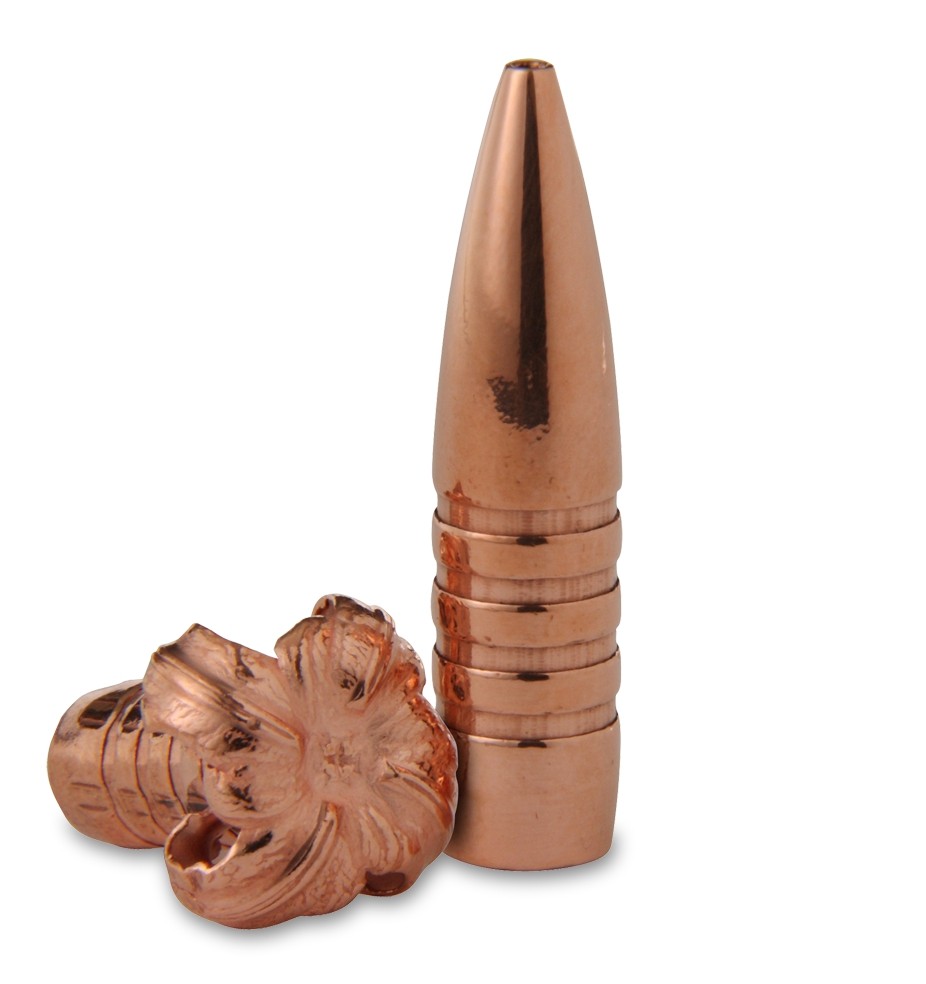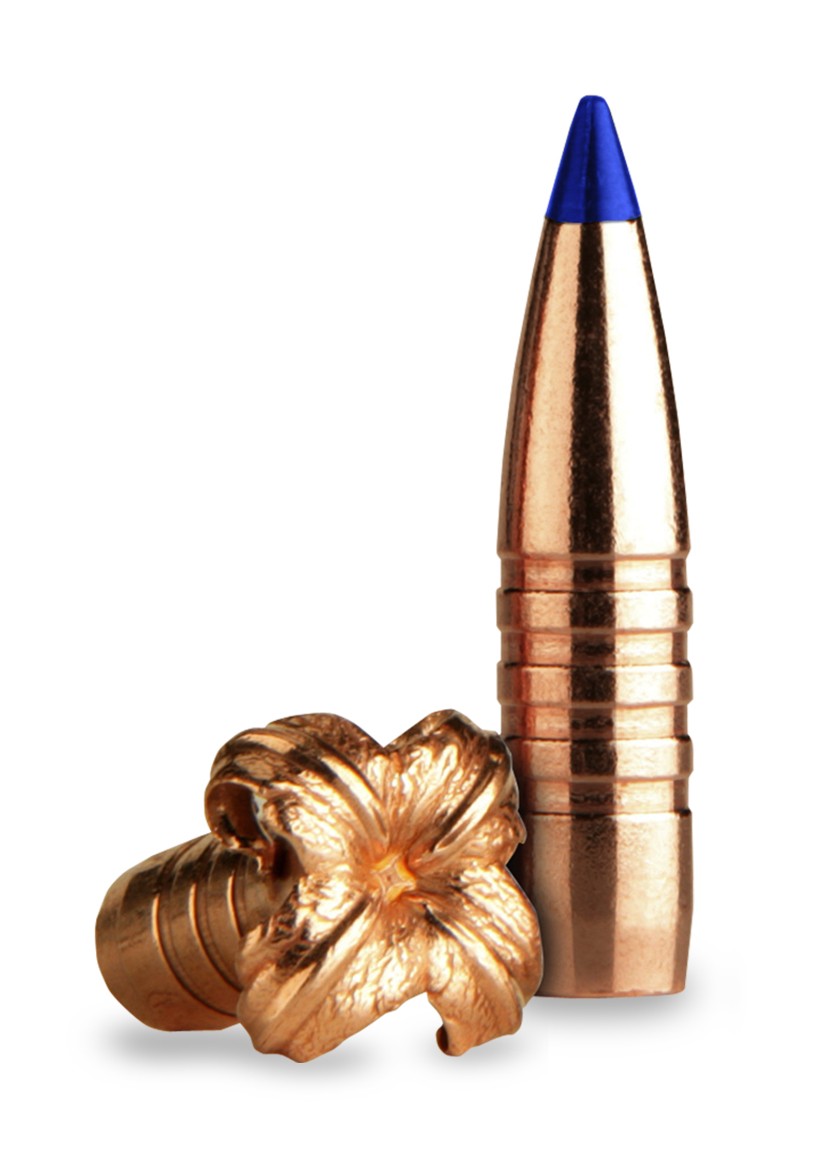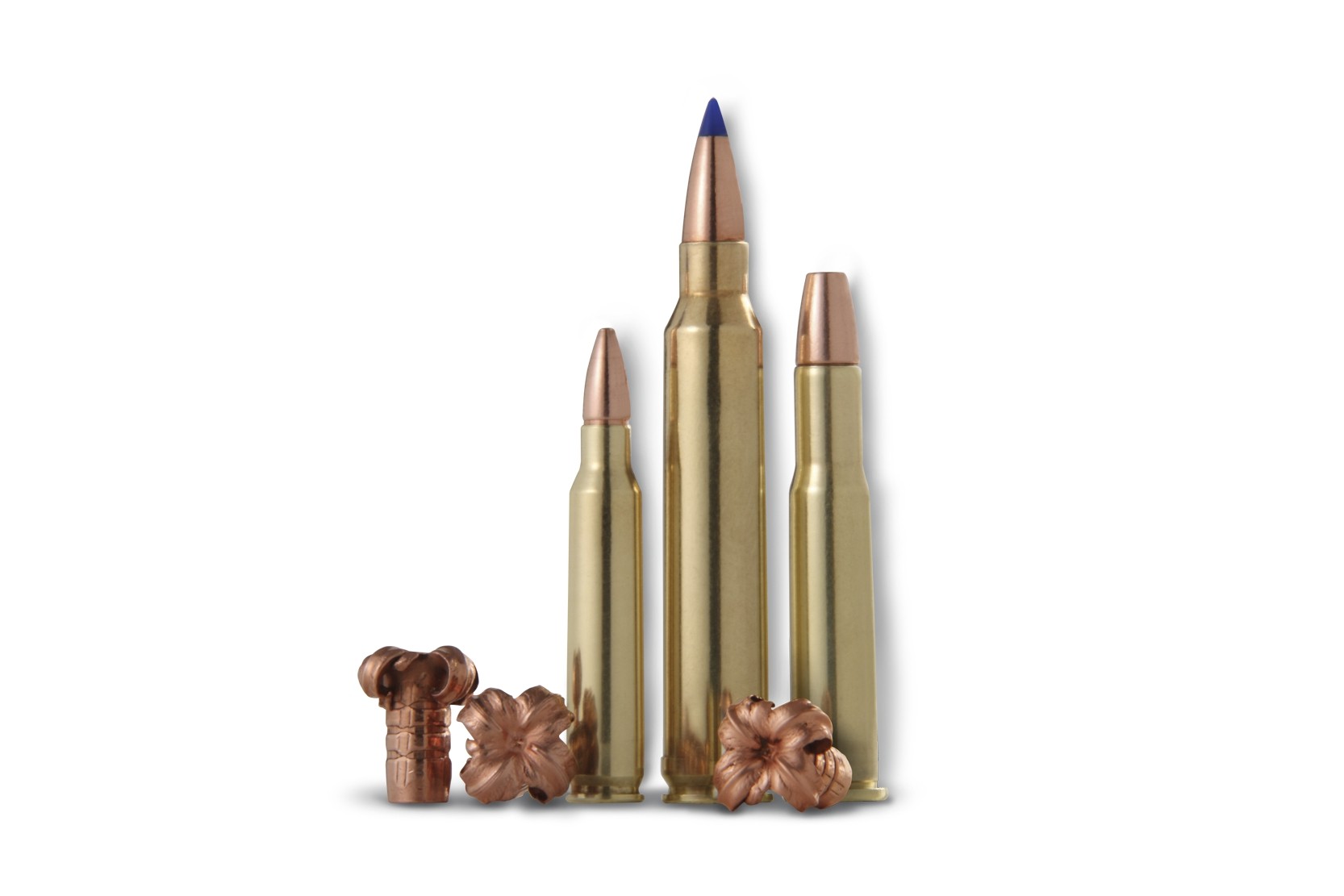To view the Barnes Ammo we've currently got in-stock, click here: See what Barnes Bullets we have in stock
American Folk Hero/African Big-Game Hunter
Once in a rare while you come across an iconic figure that represents some of the best traits that America has to offer. Randy Brooks, former owner and current president of Barnes Bullets, is just that type of man representing part entrepreneur, part innovator, and part adventurer. A veteran of many successful African safari hunts, Randy has had his fair share of close calls and wild adventures along the journey. We had the pleasure of hearing a number of his tales that left us on the edge of our seat. To highlight a few of his hunting accolades, he has shot 60 African Cape buffalo and around three dozen Elephants, both members of Africa’s notorious list of “Big Five” game known for being some of the most dangerous game on the planet to hunt. Once, while on a hunt in Africa, Randy spotted a lioness’s tail through tall grass not much more than 15 yards away. The lioness, capable of closing 100 yards in a mere 2-3 seconds, lunged at Randy allowing just enough time for Randy to whirl and fire off one shot from his .375 H&H Magnum rifle dropping the lioness in its tracks at his feet.
This level of experience in the field of hunting, which is virtually unmatched in the industry, is poured into every bullet they produce. So, without further adieu, let’s get started with the story on how Barnes Bullets set its sights for the moon. 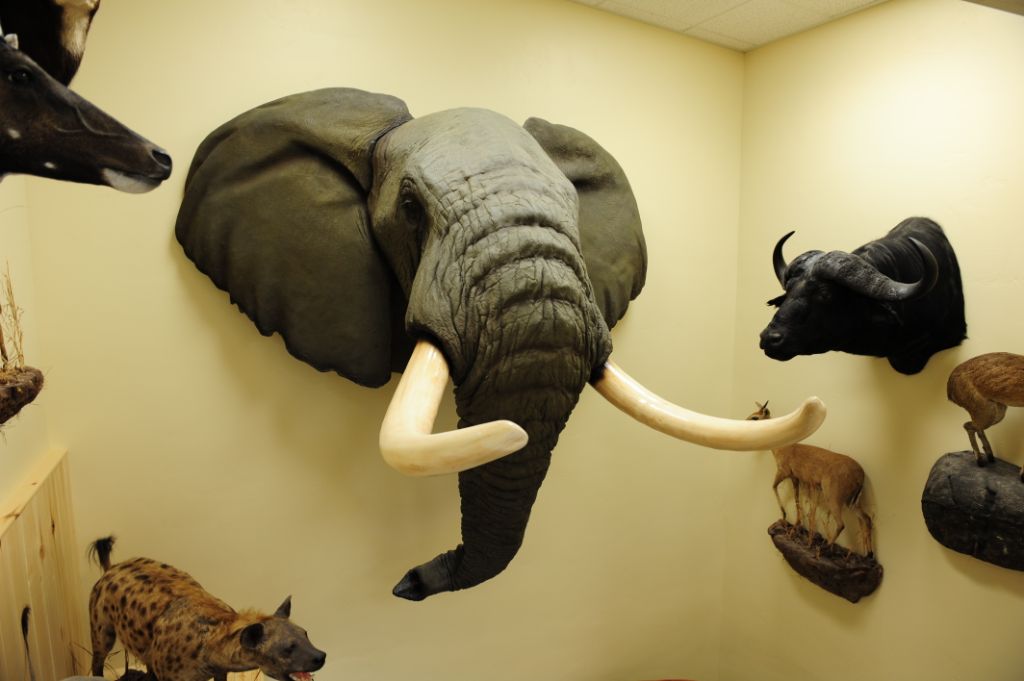
Rise and Fall of Early Barnes Bullets
Barnes Bullets became the first major component bullet manufacturer in the country tracing its roots back to 1932 when Fred Barnes founded the company. Fred, an avid Elk hunter, sought to make a better bullet (projectile) than was available in that era through the use of pure copper tubing and a pure lead core which allowed for a thicker bullet jacket and better, controlled expansion. Through gifted innovation, he grew the company to a staff of 125 employees by the late ‘40’s but due to personal issues he had to sell the company in 1965 in its decline. By 1974, Barnes Bullets, which had been re-named Colorado Custom Bullets by its then owners, had dwindled to nothing but a two-man hobby shop and was up for sale yet again.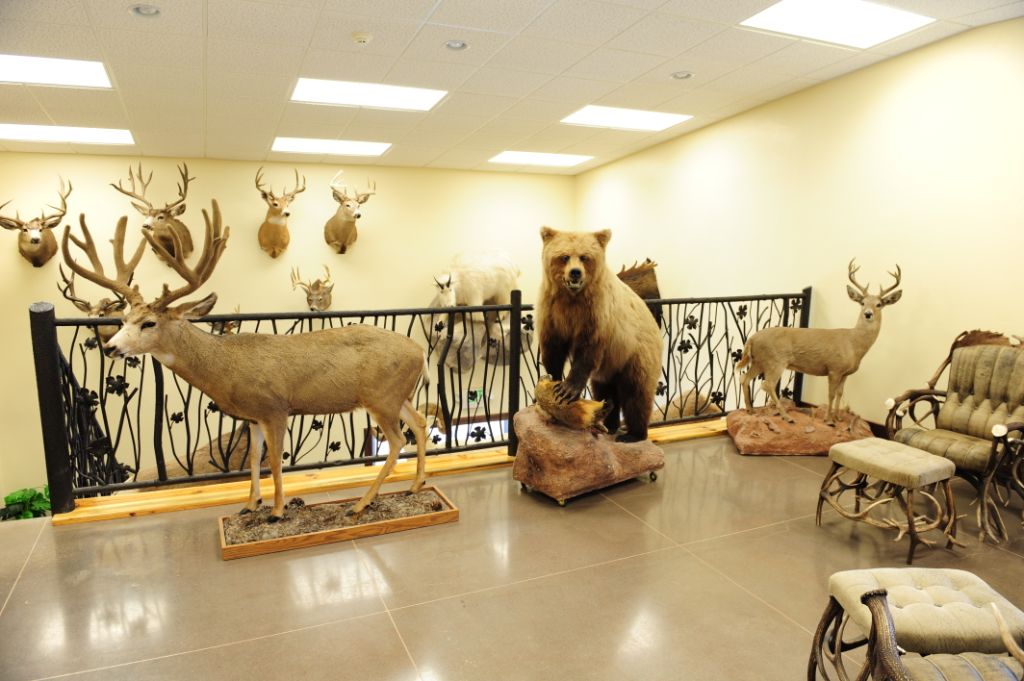
Randy and Coni Brooks, who had minor ammunition experience from their hand-loading on an RCBS machine, were approached about purchasing the company. Randy, having had previous encounters with Fred Barnes through trading of his custom built-rifles, had a high regard for the company’s original reputation and decided to take his chances. At a price tag of $35,000, the Brooks acquired the company and its assets from Colorado Custom Bullets. In their first year of operations, they brought in a mere $8,000 of revenue. During that first year Fred Barnes came to work for free for three months to help train the Brooks, repair the Barnes reputation, and retool the badly run-down equipment. Randy and Coni renamed the company back to Barnes Bullets in its first year and were underway living a dream although they couldn’t yet “rub two nickels together.”
Barnes Revival
In 1979, Barnes Bullets received its first breakthrough when Randy received a phone call from Col. Charles Askins, editor of American Rifleman. Randy vividly recalls the controversial Askins say, “Listen boy… I’m on my way to Africa. I’ve killed 84 buffalo and I got 16 more to go to get to 100 and I want to do it with Barnes Bullets.” Col. Askins, one of the most famous writers in the industry at the time, requested a box of .416 solids (a homogeneous brass bullet designed to not expand or deform upon impact, providing deep penetration even through bone). The bullets that Askins received had a slight pinhole at the front due to the manufacturing process but they were indeed solids. Askins called up Randy who assured him that they were solids and that they would work great in Africa against a Cape buffalo. To this Askins challenged, “Listen boy…how many buffalo have you shot?”—to which the answer was, “None.” While the bullets ended up performing great in a test Askins performed on a Bull and later on numerous African buffalo, this comment marked a turning point in Randy’s life. He began hunting 100 days every year because he decided that “nobody would ever say that to me again because I will have the answer.” That following year, Randy killed 3 Cape buffalo and was no longer just a Utah deer hunter anymore.
While the team at Barnes had virtually no marketing budget, they became very active in Safari Club International developing almost a cult following among its members who were going on $25,000 safari hunting expeditions during the ‘80’s. Barnes built their reputation through the Safari Club where members would buy their bullets at the show, utilize them on big-game hunts, and bring back pictures the following year which wound up in their next catalog. This grassroots recognition was a key to their early success and their practical application approach continues to guide them to this day.
Technological Innovation
While hunting brown bears in Alaska, Randy conceived of a design for an all copper, expanding bullet. Upon return from his Alaskan trip in 1985, Randy designed the “X-Bullet” prototype. This revolutionary design featured an impact extruded hollow point cavity in the nose of the all-copper (99.99% pure copper) bullet. Upon impact, this bullet design achieves great controlled expansion at both close-range and long-range shots with the nose splitting into four copper petals resembling an “X,” giving rise to its name. Traditional hunting bullets feature a lead core with a gilding metal (95% copper; 5% zinc) jacket which is not capable of delivering consistent controlled expansion at both close-range and long-range shots. Additionally, a typical projectile can have core-jacket separation when the bullet hits a bone inside of an animal, resulting in less mass after the lead falls out the of the jacket, which reduces the amount of penetration. This leap forward in technology presented a more effective hunting bullet which was first field tested by Randy bagging a 9’4” Alaskan brown bear on his next hunt in 1986. 
As a testament to its quality and performance, industry rivals looked to follow suit with similar bullet designs. However, the testing required throughout the day with this type of technology led rivals to be less successful resulting in less repeatability. Randy states that in order to retain the strict tolerances required, continual range testing is a must as tooling blades become less sharp as the day wears on requiring frequent change-out. Barnes, in addition to testing with sophisticated measuring equipment, live fires a minimum of 11 rounds for every 5,000 bullets produced to test for pressure, velocity, and accuracy in their state-of-the-art underground test range. They also test six bullets for function at a low velocity and six bullets at a high velocity into ballistic gelatin to ensure that the bullet is expanding properly simulating close-range and long-range shots.
Due to the precision required from working with all-copper bullets, it became evident that Barnes needed to completely overhaul its tooling capabilities. To this aim, Barnes purchased a tooling shop’s equipment for over $1,000,000 in 1991 from an aerospace company along with 23 of its aerospace tooling employees. This huge investment for Barnes was an attempt to give it the technical ability to produce the best bullets in the industry. In looking back, Randy states that this investment in top-notch tooling equipment along with a core group of highly trained aerospace tooling experts helped launch Barnes to the moon. The X-Bullet is the foundation for many of the bullets used today including the “Triple-Shock X Bullet” (TSX), “Tipped-Triple-Shock X Bullet” (TTSX), and the “Long Range X Bullet” (LRX).
Through the early years of the X-Bullet’s history, there was concern by some in the industry that an all-copper bullet left more fouling in the barrel. To address this issue, after several innovations, Barnes settled on a design that featured annular rings at the base of the bullet. The annular rings applied to the X-Bullet’s shank evolved from a previous military application that Barnes worked with in the mid 1980’s. The rings reduced the bearing surface area of the bullet and caused the copper fouling to be wiped into the corner of each groove as it went by, virtually eliminating previous fouling concerns. Remarkably, the annular ring design served to shrink group sizes making the bullets more consistent and accurate. A typical match-grade bullet which has a thin jacket benefits from the process known as obturation. Essentially, as a thin-jacketed bullet travels through a barrel, it becomes shorter and fatter filling voids in a barrel helping to correct for inconsistencies in a barrel’s internal diameter. An all-copper bullet prior to the annular ring design was not able to benefit from the obturation effect. However, the annular rings amazingly functioned by using the small amounts of copper deposits that build on the rings to fill the voids accomplishing this same effect. Finally, the industry had match accuracy in a hunting bullet capable of strong penetration and expansion! For example, Randy frequently shoots on his neighbor’s land where they set up a range with targets every 100 yards out to 1,000 yards. With Barnes’s LRX 7mm Rem Mag ammo, they hit a gelatin block at 1,000 yards and the bullet still expanded to 1.5 times its original diameter, an impressive feat.
Barnes’s Military Applications
Barnes has set an industry standard for premium hunting bullets that yield match-grade accuracy for use. Since 9/11, Barnes has increasingly been producing bullets for the black-ops and spec-ops community. Many of their military product lines are classified under contract but their products are helping to keep U.S. Special Forces out of harm’s way. Their military applications include the RRLP (Reduced Ricochet Limited Penetration) bullet design which is intended for urban combat to help our troops reduce the enemy to “nothing but a pair of smokin’ boots” without endangering their fellow soldier’s lives from ricochets or penetrating walls. Another bullet designed for a special duty application is designed to retain its mass penetrating through automobile glass allowing the good guys to stop any would-be suicide car bombers. In the coming years, Barnes looks to increasingly become an important partner with our Special Forces as their ability for innovation is among the best in the industry.
Future
In 2010, Barnes was acquired by the Freedom Group (owner of Remington Arms). The Brooks family had previously been approached for acquisition but had turned down suitors afraid of what it might do to the company’s culture. Prior to the discussion with the Freedom Group, Barnes only produced and sold component bullets to reloaders as well as to OEM manufacturers such as Federal and Black Hills. Barnes had a goal of growing into manufacturing custom loaded ammunition. When the Freedom Group approached the Brooks family, they realized that this potential partnership would accelerate their ability to produce loaded ammunition. As a result of the new partnership, Barnes is already selling the VOR-TX line of loaded ammunition which features their famed TSX and TTSX bullets. In the coming years, Barnes looks to continue to expand into other categories of loaded ammunition such as the personal defense and black-gun commercial markets. Randy, Coni, and their daughter Jessica continue to lead the daily operations for Barnes Bullets as well as provide the vision for its future direction. The Brooks family has poured their passion for excellence into Barnes Bullets over the last 37 years and as a result they’ve taken a nearly failing enterprise and successfully transformed it into one of the preeminent bullet manufacturers in the world.
Barnes Bullets For Sale:
See what Barnes Bullets we have in stock
Calibers Offered By Barnes Bullets
Barnes Ammo Images
Barnes Ammo is rated 4.48
Based on 130 Barnes product reviews on LuckyGunner.com
Latest Barnes Ammo reviews
6.5 on ar 18 inch barrel very tight group put to 200 yards I don’t shoot past three hundred 4 finger hole in rib cage at 285 yards 2finger hole out now my goto bullet for good
Review by Pjones
Customer rating:
-
Value
-
Rating
-
Quality
-
Performance
Now My goto bullet tightest group out of 4 diff brands ranging 115 grain to 123 grain
(Posted on April 18, 2024)
Review of 6.5 Grendel - 115 Grain TAC-TX BT - Barnes VOR-TX - 20 Rounds
3 of 15
works excellent with 8” pistol,
Review by stinky
Customer rating:
-
Rating
-
Value
-
Quality
-
Performance
i use this ammo with an 8” wislon combat pistol, the ballistics and performance is awesome for self defense. 25 meters or closer. feel confident using this ammo in your ar pistols i do. cycles great plenty power , you do get what you pay for.
(Posted on April 18, 2024)
Review of 5.56x45 - 85 Grain OTM BT - Barnes Precision Match - 20 Rounds
4 of 15
won't cycle through my g3c
Review by Jonathan
Customer rating:
-
Value
-
Rating
-
Quality
-
Performance
Bought some of this a while back for a different carry gun...learned recently that the ammo won't cycle through my g3c no clue why.
(Posted on April 18, 2024)
Review of 9mm - 115 Grain XPB - Barnes VOR-TX - 20 Rounds
5 of 15
Great CQB ammo.
Review by Eric B.
Customer rating:
-
Value
-
Rating
-
Quality
-
Performance
I bought this ammo for my S&W M&P 2.0, which eats it up without any problems at the range. I primarily tried out this ammo because of the testing Lucky Gunner did, which showed revealed unmatched expansion results!
It's a use case scenario, when it comes to wanting more penetration of the bullet, or more expansion, & I prefer the latter (more expansion). An added benefit to this ammo is that it's a lighter weight bullet at 155gr, rather than 180gr, which makes carrying a full magazine less bearing.
I've used other 10mm defensive ammo, but I keep coming back to these Barnes loadings.
(Posted on April 18, 2024)
Review of 10mm Auto - 155 Grain XPB - Barnes VOR-TX - 20 Rounds
6 of 15
Shot out of 1892
Review by Jim Davis
Wanted to use for a whitetail load. Fired out of 1892 Winchester new manufacture. 20”. 1225 fps at muzzle. Tight groups but iron sights. Only shot paper so far. Lucky Gunner customer service and shipping is fast.
(Posted on April 18, 2024)
Review of 45 Long Colt - 200 Grain XPB HP - Barnes VOR-TX - 20 Rounds
7 of 15
Reliable but not consistent
Review by Tom
Customer rating:
-
Value
-
Rating
-
Quality
-
Performance
Was given a box of these for Christmas. Shot one into a deer carcass. It only half expanded. Otherwise it was peppy and fed flawlessly. Better than ball ammo, but there's better available.
(Posted on April 18, 2024)
Review of 45 ACP - 185 Grain TAC-XP - Barnes VOR-TX - 20 Rounds
8 of 15
Outstanding from 4" 686, not so good from a 3" 60-15
Review by Copper
Customer rating:
-
Value
-
Rating
-
Quality
-
Performance
Very accurate load from a 686 4" barrel. Grouped about 2 1/2 inches at 20 yards with a velocity averaging 1313 fps. Will buy more for this gun. Best load I have found for it.
The same time shot my J-framed Model 60-15 3" barrel. Group measured about 1 1/2 feet at 20 yards with an average velocity of 1245 fps. Bullet holes appeared slightly torn like the bullet was starting to tilt in flight. I think the 3" barrel on this particular gun was not enough to stabilize the bullet.
Both guns were shot resting on sandbags. Recoil was stout but manageable in both guns. Would highly recommend, but make sure to try for your particular gun.
(Posted on April 18, 2024)
Review of 357 Mag - 140 gr XPB HP - Barnes VOR-TX - 20 Rounds
9 of 15
Under 1/2 MOA out of BCA upper. 12 SD.
Review by Blake
Customer rating:
-
Value
-
Rating
-
Quality
-
Performance
Have shot 60 rounds of Barnes' 350 TSX ammo out of my Bear Creek Arsenal Upper (PSA lower) and I don't know if I will shoot anything else out of this rifle. I have consistently gotten 3/4 MOA groups with my best group being .37" or under 1/2 MOA. Average velocity reading on the chronograph has been 2163 (18" barrel) with a standard deviation of 12.
(Posted on April 18, 2024)
Review of 350 Legend - 170 Grain TSX FB - Barnes VOR-TX - 20 Rounds
10 of 15
Great service and excellent price on hard to find product
Review by Buckeyehunter
Customer rating:
-
Value
-
Rating
-
Quality
-
Performance
Performed well on range . I'm sure it will preform excellent on deer like other Barnes products I use.
(Posted on April 18, 2024)
Review of 350 Legend - 170 Grain TSX FB - Barnes VOR-TX - 20 Rounds
11 of 15
Soft recoil for power delivery.
Review by KeithC
Customer rating:
-
Value
-
Rating
-
Quality
-
Performance
Using these out of a S&W 640 Pro and a Taurus 605 3” barrel. Oddly the recoil is just a bit more than .38 special +p. I’m older with weak hands and have no trouble controlling these from a 23 ounce revolver. MUCH softer shooting than my LCR .38. I don’t know how they reduced felt recoil with this round but they succeeded. I wouldn’t use it out of anything under 22 ounces. Powerful but not painful.
(Posted on April 18, 2024)
Review of 357 Mag - 125 Grain Lead-Free HP - Barnes TAC-XPD - 20 Rounds
12 of 15
Great bullet at a great price.
Review by Retirebus
Customer rating:
-
Value
-
Rating
-
Quality
-
Performance
Very accurate in my Christensen rifle. Have not used it yet during hunting season but have harvested deer with other calibers using Barnes bullets.
(Posted on April 18, 2024)
Review of 6.5 PRC - 127 Grain LRX BT - Barnes VOR-TX LR - 20 Rounds
14 of 15
Prev
Next



